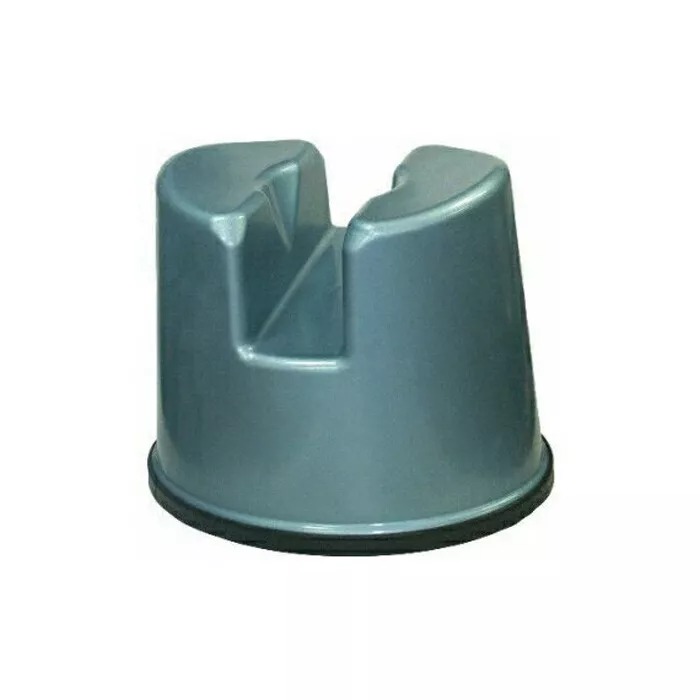No products in the cart.
Blog
What Is Sukebe Chair Body Washing?
The term “Sukebe Chair Body Washing” refers to a unique and specific service often found in certain adult-themed establishments, particularly in Japan. This chair is typically used in environments such as soaplands, which are facilities that offer body-to-body washing services. While body washing itself may seem like a relatively simple concept, the incorporation of a “Sukebe chair” often adds an element of sensuality to the service, making it a more intimate and personalized experience for the client. The following explores what Sukebe Chair body washing entails, its cultural context, and why it has garnered attention.

What is a Sukebe Chair?
The Sukebe chair, sometimes also referred to as a “slippery chair,” is designed specifically for body washing, typically involving the client sitting in a semi-reclined or relaxed position while the person performing the service has full access to wash and scrub their body. The chair’s ergonomic design allows water and soap to drain away, keeping the area clean and comfortable. The chair is often plastic or made from a water-resistant material, and it is shaped to make the body easily accessible from different angles for the person providing the service.
The word “Sukebe” loosely translates to “perverted” or “lewd” in Japanese, which adds a more sensual connotation to the service. Though “body washing” is a fundamental element in traditional Japanese bathing culture, including practices like sentos (public bathhouses) or onsens (hot springs), the Sukebe chair introduces an erotic element, turning the service into a more intimate encounter, sometimes paired with body-to-body scrubbing.
Cultural Context and Use
The Sukebe Chair is primarily associated with soaplands in Japan, which are businesses that offer bathing and massage services. Soaplands are part of the wider landscape of Japan’s adult entertainment industry, which also includes host and hostess clubs, cabaret clubs, and love hotels. Despite the services offered at soaplands, they operate legally due to loopholes in Japanese law regarding the sale of sexual services.
In a typical soapland, the customer is greeted and led to a private or semi-private room, where they may sit or lie on the Sukebe chair while being bathed by a staff member. The body washing often involves the use of a large amount of soapy water, and the staff uses both sponges and their bodies to clean the client. These sessions often last about an hour and can be seen as relaxing or therapeutic, but they usually also carry an erotic element due to the close physical contact involved.
What Happens During Sukebe Chair Body Washing?
Body washing in this context is highly sensual and personalized. The provider washes the client’s body thoroughly, including scrubbing with sponges, soaping them up, and rinsing them off. Because of the chair’s specific design, it allows for full access to the client’s body, making the cleaning process more efficient. The reclined position adds to the overall comfort and relaxation of the experience.
In some settings, the body washing is just the start, and the service might continue with other types of personal care, massages, or erotic services. While the Sukebe chair is integral to this type of body washing, it can also be used for other intimate services provided in these establishments.
Why is it Popular?
There are several reasons for the popularity of Sukebe Chair body washing in adult-themed establishments:
- Physical Comfort: The Sukebe chair is designed for comfort and ease, allowing the client to relax while receiving an all-over body wash. The warm water, soaps, and scrubbing can have a soothing effect.
- Personal Attention: These services are highly individualized. The client is the sole focus of the provider during the session, which adds to the appeal for many people who seek intimacy or attention in a relaxed setting.
- Cultural Preferences: In Japan, cleanliness and bathing rituals are deeply ingrained in the culture. Public bathhouses and onsens have been integral to Japanese life for centuries. The Sukebe chair takes the cultural practice of bathing and combines it with elements of pleasure and relaxation in a way that appeals to both locals and tourists in Japan’s adult entertainment industry.
- Discreet and Legal Adult Services: Soaplands and the Sukebe chair are often associated with the adult entertainment industry, where the boundaries of legal services can be pushed through specific loopholes. These establishments allow for services that provide both physical relaxation and erotic enjoyment, all within the confines of the law.
Potential Concerns and Misconceptions
While Sukebe chair body washing is popular within specific adult-themed settings, it’s important to distinguish it from more traditional or mainstream body-washing practices. The erotic and adult nature of these services means they are not representative of typical Japanese bathing culture. Furthermore, although soaplands are legally operated, they remain controversial due to their association with Japan’s adult industry.
For those unfamiliar with the cultural context, the term “Sukebe chair” may seem strange or confusing, as the idea of combining cleanliness and sensuality can be viewed as taboo in certain cultures. Understanding its role in Japan’s adult industry can help demystify the practice for those seeking more knowledge about the country’s unique entertainment offerings.
Conclusion
Sukebe Chair Body Washing, while seemingly just a specialized bathing service, carries a much deeper cultural and erotic significance within Japan’s adult entertainment industry. The chair itself is integral to providing comfort and ease while facilitating an intimate and personalized washing experience. This practice is a reflection of the country’s unique fusion of hygiene, relaxation, and adult-themed entertainment. Though it might not be for everyone, the Sukebe chair remains an important feature of soaplands and similar establishments, blending relaxation with elements of sensuality in a way that is distinctive to Japanese culture.
